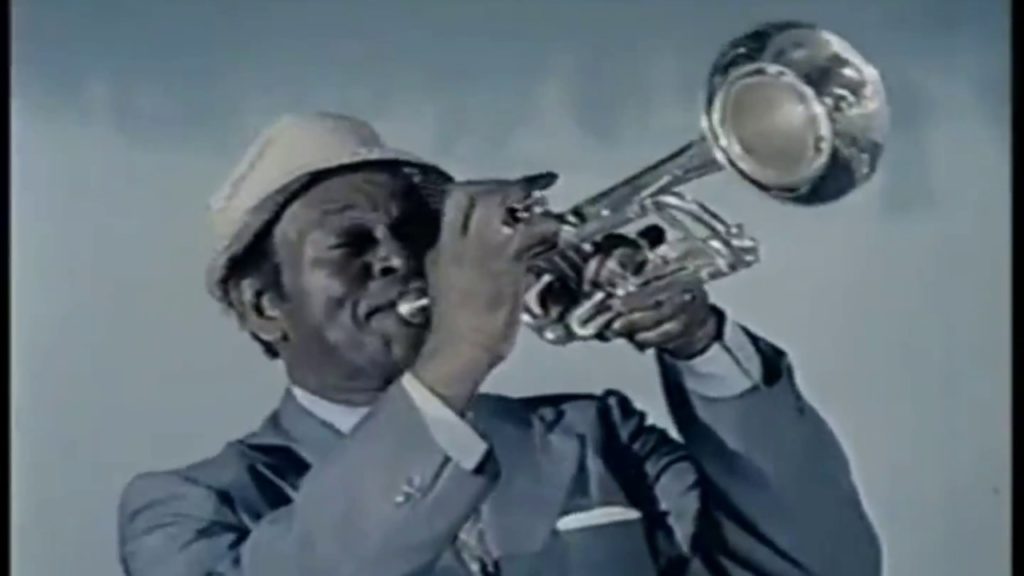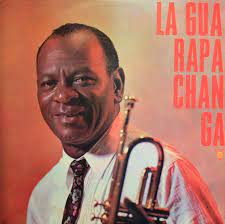THE CIENFUEGO’S ARAGÓN ORCHESTRA, THE BEST CHARANGA GROUP FORMED IN CUBA. PHOTOS/VIDEOS
A charanga is a traditional group that plays Cuban dance music. They made Cuban dance music popular in the 1940s and 1950s and their music consisted of material heavily influenced by the Son Cubano, played on European instruments such as the violin and flute by a Charanga orchestra. The style of music most associated with a charanga is called ‘Danzón’ and is an amalgamation of European classical music and African rhythms.
THE ORIGINAL ARAGÓN OF CIENFUEGOS, CUBA.
When the carpenter and musician Orestes Aragón Cantero decided in Cienfuegos, on September 30, 1939, to found an orchestra which he named ‘Rítmica 39’, most likely he did not imagine for a moment that that charanga group would become one of the main and preferred Cubans and that 2019 will turn 82 years old.
 VIDEOS- LA ARAGON IN “PARE COCHERO”..
VIDEOS- LA ARAGON IN “PARE COCHERO”..
He later changed the name to ‘Rítmica Aragón’ and finally got the Orquesta Aragón seal, with which it would be recognized throughout the world.
In 1940 the violinist and singer Rafael Lay Apesteguía joined the group, who assumed the direction in 1948 due to Aragon’s illness.
The orchestra began to identify itself with a sound, both instruments, and voices, that made it indisputable and unique, and on August 5, 1955, it settled in Havana, with the contract to record a program every day on Radio Progreso.
At the beginning of the following year, he made his first performance outside of Cuba, in Panama, and then he would tour Venezuela, Guatemala, and the United States.
The incorporation of the flutist Richard Egües into the “Aragón” was an essential step in favor of gaining in musical wealth, since this magnificent composer, arranger and instrumental performer, together with Lay, formed a binomial that led the orchestra to stellar planes in Cuba and in various countries.
The singers José Antonio (Pepe) Olmo and Rafael (Felo) Bacallao also contributed to the prestige of the group.
IMPORTANCE OF “LA ARAGÓN” IN CUBA
The musicologist Radamé Giro assured that “there has not been any brass band in Cuba and perhaps in no other country in America that has had three singers with such equal timbres.” .. “I tell you that the secret of the Aragon was its voices, the flute of Richard Egües, the creative style of the orchestra, and the discipline of Rafael Lay that framed us towards success”, said Pepe Olmo in an interview.
In 1982 Lay died in a traffic accident, and Egües went on to direct the “Aragón” until two years later Rafael Lay Bravo assumed this responsibility, who maintains it today.
Numbers such as “El bodeguero”, “Tres pretty Cubanas or” Pare cochero “, among the many that make up the repertoire of” Aragón “had a great impact on the daily life of Cubans and their titles or fragments were incorporated into the common speech of the Creole.
LA ORQUESTA ARAGÓN DE CIENFUEGOS, EL MEJOR CONJUNTO DE CHARANGA FORMADO EN CUBA. VIDEOS
La charanga es un conjunto tradicional que toca música bailable cubana. Hicieron popular la música de baile cubana en la década entre 1940 y 1950 y su música consistió en material fuertemente influenciado por el son, interpretado en instrumentos europeos como el violín y la flauta por una orquesta de Charanga. El estilo de música más asociado con una charanga se denomina ‘Danzón’ y es una amalgama de música clásica europea y ritmos africanos.
LA ORIGINAL ARAGÓN DE CIENFUEGOS, CUBA.
Cuando el carpintero y músico Orestes Aragón Cantero decidió en Cienfuegos, el 30 de septiembre de 1939, fundar una orquesta a la que nombró ‘Rítmica 39’, lo más seguro es que no imaginó por un momento que aquella agrupación de charanga se convertiría en una de las principales y preferidas de Cuba, y que 2021 cumpliria 82 años.
Más tarde le cambiaría la denominación a ‘Rítmica Aragón’ y finalmente quedó con el sello de Orquesta Aragón, con el cual sería reconocida en todo el mundo.
 VIDEOS – LA ARAGON INTERPRETA…
VIDEOS – LA ARAGON INTERPRETA…
En 1940 ingresó en la agrupación el violinista y cantante Rafael Lay Apesteguía, quien asumió la dirección en 1948 por enfermedad de Aragón.
La orquesta fue identificándose con una sonoridad, tanto de instrumentos como de voces, que la iban haciendo indiscutible y única, y el cinco de agosto de 1955 se asienta en La Habana, con el contrato de grabar un programa cada día en Radio Progreso.
A comienzos del año siguiente hizo su primera actuación fuera de Cuba, en Panamá, y luego vendrían giras a Venezuela, Guatemala y Estados Unidos.
La incorporación a la “Aragón” del flautista Richard Egües constituyó un paso esencial en favor de ganar en riqueza musical, pues este magnífico compositor, arreglista y ejecutor instrumental, formó junto a Lay un binomio que llevó a la orquesta a planos estelares en Cuba y en diversos países.
 VIDEOS- LA ARAGON INTERPRETA..
VIDEOS- LA ARAGON INTERPRETA..
También los cantantes José Antonio (Pepe) Olmo y Rafael (Felo) Bacallao contribuyeron a prestigiar a la agrupación.
IMPORTANCIA DE LA ARAGÓN EN CUBA
El musicólogo Radamé Giro aseguró que “no ha habido ninguna charanga en Cuba y quizás en ningún otro país de América que haya tenido tres cantantes con timbres tan iguales.” .. “Te cuento que el secreto de la Aragón eran sus voces, la flauta de Richard Egües, el estilo creativo de la orquesta y la disciplina de Rafael Lay que nos encuadró hacia el éxito”, dijo Pepe Olmo en una entrevista.
En 1982 Lay falleció en un accidente de tránsito, y Egües pasó a dirigir a la “Aragón” hasta que dos años después asumió esta responsabilidad Rafael Lay Bravo, quien la mantiene en la actualidad.
Números como “El bodeguero”, “Tres lindas cubanas o “Pare cochero”, entre los muchos que forman el repertorio de la “Aragón” tuvieron una gran repercusión en la vida cotidiana del cubano y sus títulos o fragmentos se incorporaron Al habla común del criollo.
Agencies/ Wiki/ ACN/ Internet Photos/ YouTube/ Arnoldo Varona/ www.TheCubanHistory.com
THE CUBAN HISTORY, HOLLYWOOD.























